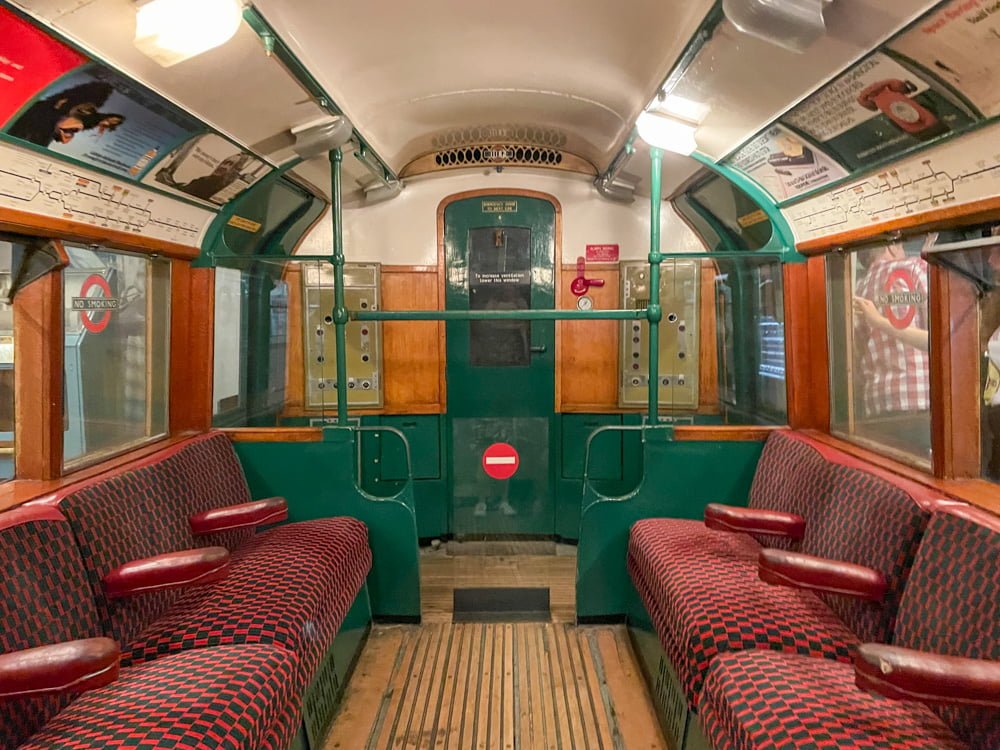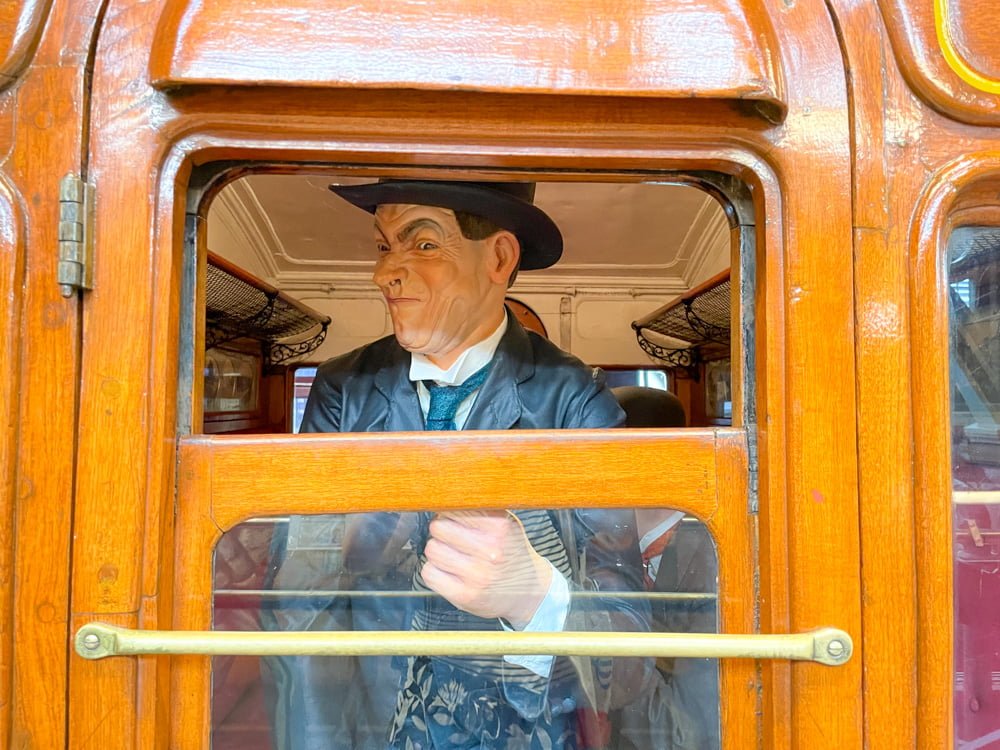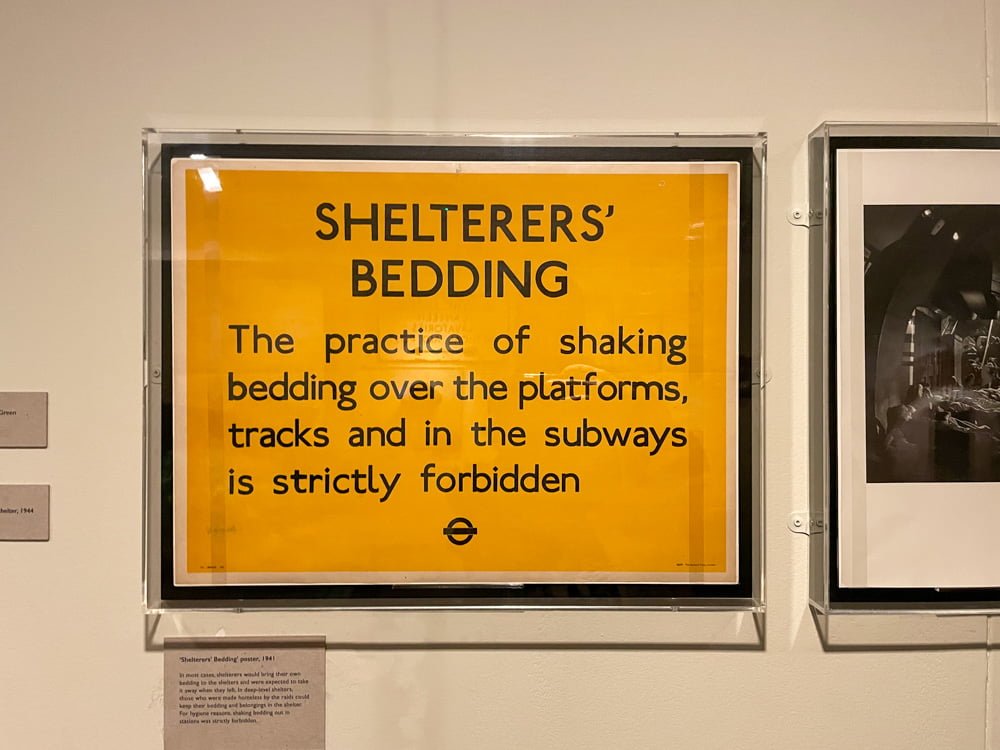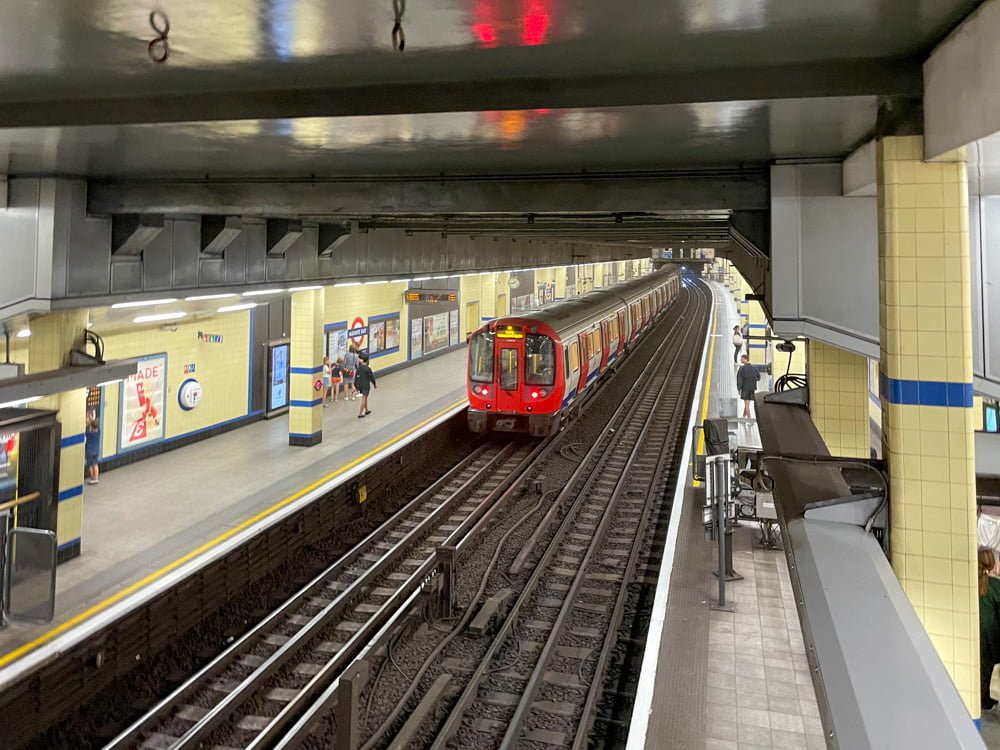The London Underground is renowned for being the world’s first underground railway system. Industrial rivalries, failures, and technological breakthroughs mark its captivating history. Initially, various companies operated the underground tunnels where steam trains ran. Over time, the Tube developed into a model to follow and is now an essential mode of transportation in London.
Table of Contents
London’s fascinating metro history
When you step onto the new shiny trains of the modern Elizabeth Line, you would never guess that the London Underground is the oldest in the world. Today, The Tube is a fully integrated system that connects all other means of transport in the British capital. However, before 1933, the London Underground comprised separate lines, each run by an independent company, which made it incredibly confusing.
PLAN YOUR TRIP TO LONDON
Prepare for your London adventure by securing the London All-Inclusive Pass, granting access to 80+ attractions, guided tours, and a Thames adventure with the Hop-On-Hop-Off Big Bus and Uber Boats by Thames Clippers.
Stay connected in the UK with a giffgaff free SIM or an Airalo eSim for data coverage throughout your London journey. And don’t forget to get Heymondo Travel Insurance, which covers any inconveniences during your trip!
London’s first underground lines
The London Underground holds the record for the world’s oldest underground line, opening way back in 1863. Initially operated with two steam-powered carriages until 1905, it was later electrified. The District Line opened on Christmas Eve in 1868 and is London’s second oldest line.
The combination of the District and Metropolitan lines at Tower Hill created the Circle Line. Today, one of London’s busiest underground lines. Since it is a circular route, you will still reach your destination even if you take the wrong direction.
The Circle Line’s management rivalries
The Circle Line faced challenges at the start of its operation due to being run by two rival railway companies. One of these companies, the District Railway, had financial difficulties that caused delays in the unification project. It led to significant tension between the two companies.
The animosity between the two companies became incredibly intense. During the inaugural journey of the Circle Line, the two managers of the District and Metropolitan railways did not speak to each other for the entire journey. Fun fact, they shared the same carriage.

The expansion of the London Underground network
The London Underground has continued to expand despite various companies’ bankruptcies and management difficulties. For example, the Bakerloo Line was involved in severe scandals of fraud and bankruptcy. All the lines on today’s map opened successively. Bakerloo, Central, Circle, District, Hammersmith & City, Jubilee, Metropolitan, Northern, Piccadilly, Victoria, and Waterloo & City.
Today, all these historic lines are interconnected in the London transport network, intersecting with bus lines and train stations. However, in its early days, the London Underground was very different from what we see today. Trains ran on steam, on the surface and in tunnels.
How the London Underground developed
When people think of the London Underground, they often assume all the lines are deep underground. This is not entirely accurate. Some sections of the underground lines run directly on the surface. The older lines, such as Circle, District, Hammersmith & City and Metropolitan, were dug just under the ground and not deep underground.
Technically, these lines are sub-surface lines and not actual underground deep-level tubes. In the late 19th century, there were technical limitations in digging tunnels. In addition, steam locomotives also needed vents on the surface to let the smoke out.

The transition from steam to electric trains
London’s first fully electrified underground railway was the City and South London Railway, which opened in 1890. Steam engines couldn’t power it as it was too far below the surface, making it impossible for smoke and steam to escape through the vents.
Initially, the City and South London Railway was supposed to have a funicular traction system, the same system adopted by San Francisco trams. However, the British engineers couldn’t figure out how to apply it to the track’s many curves.
Because of this, the company decided to electrify the line, which was a bold move. At the time, only Brighton’s sea-front railway implemented this new technology, which is still used today.

Interesting facts about the London Underground
The London Underground tunnels have served many purposes over time. To learn more, visit the London Underground area at the London Transport Museum. There, you can see a reconstruction of air raid shelters, ghost stations, and telephone exchanges.
The London Underground is the oldest and the most extensive underground network in the world. It has recently expanded with the Emirates Air Line and the brand new Purple Elizabeth Line dedicated to Queen Elizabeth II. Therefore, visiting London without taking the Tube at least once is impossible.
The London Underground during wartime
During the two World Wars, citizens in London used tube stations as air raid shelters to protect themselves from the bombings. Some Londoners refused to leave the underground tunnels during wartime despite the government’s call to contribute to the war effort.
In the Second World War, the British government set up the anti-aircraft control centre at the disused Brompton Road station. The Leicester Square station instead specialised in defending against V2 rockets.
Some disused stations on the London Underground network were also used for ministerial meetings during the war. One such station was Down Street on the Picadilly Line, which was camouflaged by a brick wall to prevent German spies from spotting it while passing on trains.

Accessibility of the London Underground
Speaking of new technology, escalators were first installed on the London Tube in 1911 at Earl’s Court station. Today, 430 escalators and 167 lifts are throughout the Tube, but not all the stops are covered yet. It can be inconvenient for those travelling with heavy luggage or pushchairs.
To avoid any hassle, plan your journey carefully by choosing to travel only through accessible stations. Transport for London provides guides and maps to help you plan your trip and find out about barrier-free, step-free stations. The same advice applies to people with mobility problems. Some stops have long stairs or internal passages that require a lot of walking to get from one line to another.

Read more: books about the London Underground
The London Underground network has also been the scene of unsolved crimes, terrorist attacks, train crashes and fires. I discovered many interesting facts in the book London Underground by Stephen Halliday that I suggest you look into. I bought it during a visit to London and now I am reminded of all these facts every time I take the underground.
Where to stay in London
London has a wide range of accommodation, from hostels to luxurious hotels, but it can be expensive. For a luxurious stay, I highly recommend the 5-star hotel Broadwick Soho, close to Piccadilly Circus, with refined and beautifully designed rooms, a terrace and a restaurant. A great choice is also the Hampton by Hilton London Waterloo, just a 5-minute walk from Waterloo train station and conveniently located near many popular attractions. Another option, if you are looking for a nice hotel with a limited budget, is the Assembly Covent Garden, a design hotel with well-decorated rooms and sculptures, ideal for those on a budget.
I hope this article has piqued your curiosity about the London Underground. Feel free to leave a comment if you already know these curious facts about the most used public transport in the British capital.
